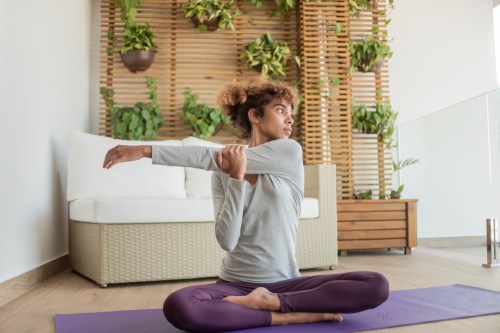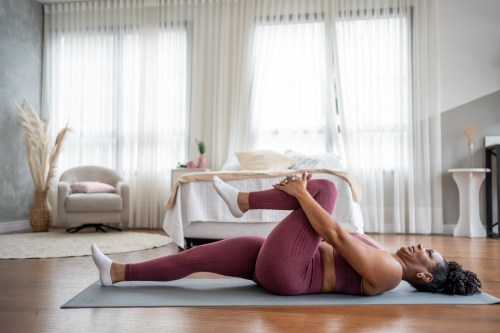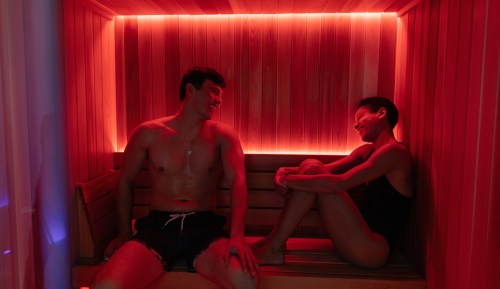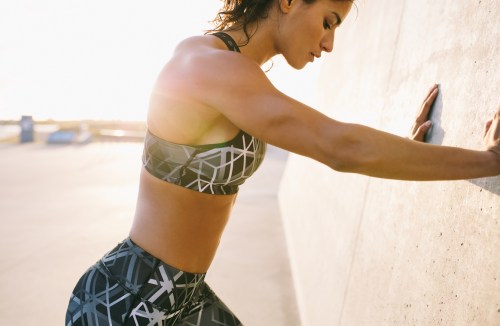Why Megan Rapinoe’s workout recovery takes place underwater
Team USA co-captain Megan Rapinoe reveals what she does after a workout to help her body recover, including splashing in the pool for some aquatic therapy.

I’ll admit it: After a hard workout, usually my mind is more focused on what I’m going to eat when I get home, not on my recovery method. Sure, foam rolling feels hurts-so-good whenever I do it, and I know my tight muscles would benefit from five minutes of basic stretching, but when I hit the gym, I’m typically so focused on the actual workout that recovery is often forgotten. If anyone can inspire me to take it seriously, it would have to be U.S. Women’s National Soccer Team co-captain Megan Rapinoe, who blends aquatic therapy into her recovery routine.
How can you not be inspired by the way Team USA gets out there and crushes it game after game? If I could go into my workouts the same way they go into games, well, let’s just say it would look a lot different. And of course part of consistently going out there and killing it is recovery.
“I do everything to help my body recover,” Rapinoe tells me. “After games, I have a protein shake right away, as soon as I get off the field.” She also uses compression garments, especially for her tight calves.
One of her favorite ways to recover is by jumping into the pool. “It’s one of the best things you can do as far as recovery goes,” she says. Why? Rapinoe explains that water is super compressive, especially the deeper down you go. (That’s why your ears sometimes pop if you go under in the deep end.) “If you stand with the water up to your chest, the compression is especially helping your ankles and legs, since that’s what’s lowest, obviously,” she says. Rapinoe also says that just being in the pool, you naturally walk around and lightly move your body, which works similarly to gentle stretching, another why it’s such a great workout recovery method.
Science backs her up, too. Researchers have found that aquatic therapy truly does help with muscle recovery. One study found that incorporating water into recovery helps athletes return to high-intensity exercise earlier than without it. “Hydrotherapy can also play a beneficial role in an athlete’s recovery, helping to prevent as well as treat muscle damage and soreness following exercise,” the study reads. Another study found that it helps decrease muscle soreness. The miracles of simple H20!
There’s one other major part of Rapinoe’s recovery method: sleep, which she says is most important. Cooling down in the pool followed by some quality pillow time? Now that’s a recovery I can actually get behind.
Here’s how to incorporate CBD into your workout recovery. And this is the deal on if you should work out when you feel sore.
Sign Up for Our Daily Newsletter
Get all the latest in wellness, trends, food, fitness, beauty, and more delivered right to your inbox.
Got it, you've been added to our email list.










